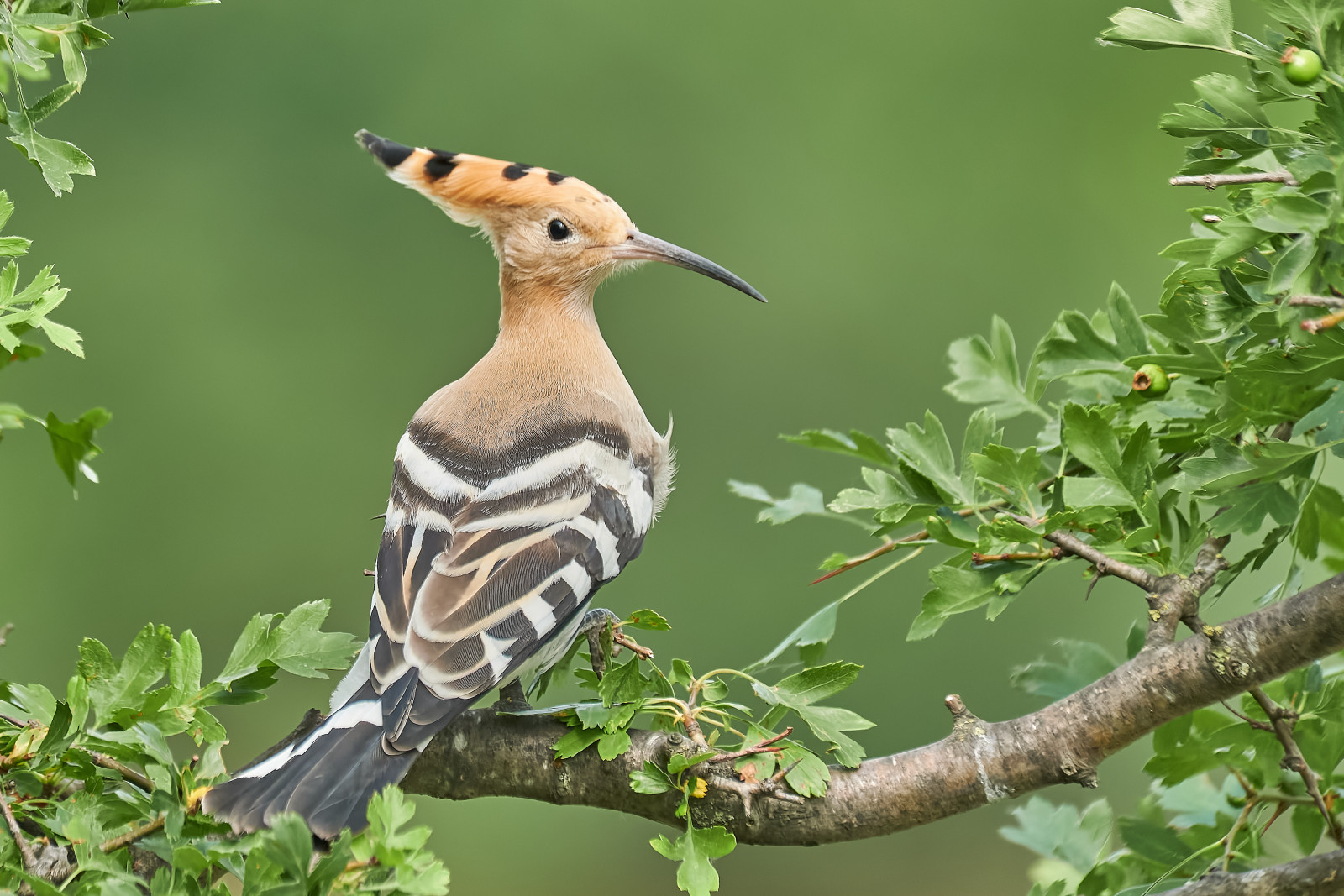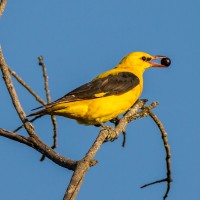Description
The wide-ranging river Cinca runs from Labuerda to Aínsa. Parallel to the river runs a gravel road of 2,5 kilometers from Camping Pena Montanesa to the village of Labuerda (or vice versa). A relaxed path for some nice and easy birding. Nothing spectacular but it’s tranquil and rich in birds. You can encounter all kinds of birds here. The star attractions are the large colony of Golden Oriole, the many European Bee-eater and raptors. Large groups of birds of prey and vultures can circle above you. Often mixed groups so that you can see Black Kite, Red Kite, Booted Eagle, Short-toed Snake Eagle, Egyptian Vulture and Griffon Vulture all above your head at the same time. Eurasian Hoopoe can often be seen in the neighbouring agricultural fields. Along the river you will find Grey Wagtail, Common Kingfisher, Common Sandpiper and some herons, but otherwise few water birds, because the fast-flowing river is pretty shallow. The wide banks of the river are strewn with gravel and if you want to walk more than the two kilometres of the path, you can stroll along the banks.
Details
Access
The easiest way to start the hike is from camping Peña Montanesa (easier to find), but starting from the village of Labuerda is also an option. If you leave from camping Pena Montanesa, park your car in front of the barrier before you enter the campsite (click on the P on the map to get there) and walk onto the campsite. Walk straight ahead past the reception towards the river. Then you automatically come to the start of the path and turn left and follow the raised path along the river. There is no traffic here, so you can enjoy the birds in real peace. A circular walk is not possible, so you have to walk the same path back.
Terrain and Habitat
Scattered trees and bushes , River , AgricultureConditions
Flat , RockyCircular trail
NoIs a telescope useful?
NoGood birding season
Spring , SummerBest time to visit
SpringRoute
Unpaved roadDifficulty walking trail
EasyAccessible by
Foot , BicycleBirdwatching hide / platform
NoExtra info
Can be very hot in the middle of the day. The Golden Oriole are most active and noisy in the early hours of the day.






